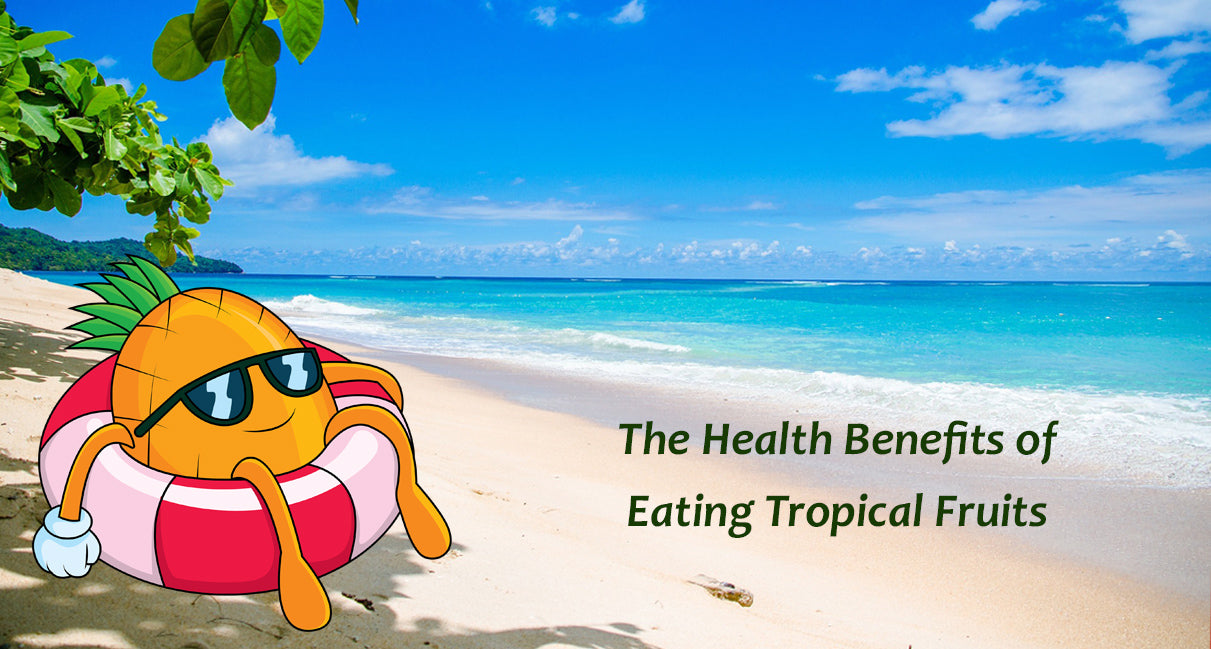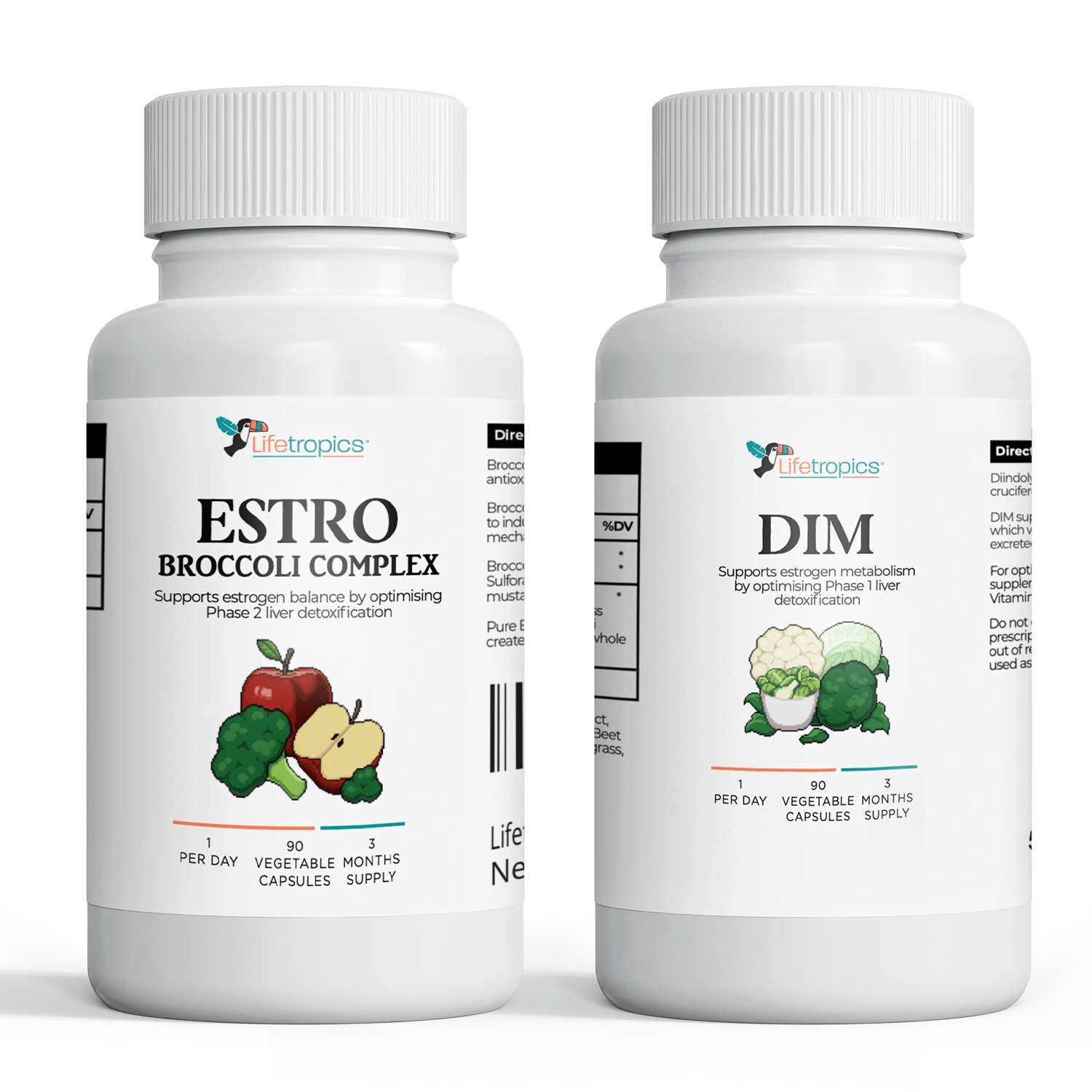Previously in this blog, we've covered the benefits of eating fruit in general - but what about all those lovely tropical fruits we can now buy from the supermarket? They're certainly tasty, but are they good for us, too?
The answer is an overwhelming "Yes!"
For a start, there's a huge variety of tropical fruits, and, as we've also mentioned before, a varied diet is one of the keys to a healthy lifestyle.
Unusual Bananas
Thailand, for example, grows 27 different types of banana - from delicate "lady's finger" bananas to the most popular, standard type called "nam wa" and marketed as "Thai fresh bananas" - short and stumpy, but sweet and delicious.
Thai bananas are high in vitamin C (helpful to the immune system) and potassium (for heart health and regulating blood pressure). More benefits are derived from their other nutrients which include vitamin B6, magnesium, and iron.
Sweet (or Sour) Mangoes
One of the tastiest of all fruits is the mango, low in calories but highly nutritious, with an exceptionally high vitamin C content (offering 67 percent of Daily Value), together with such minerals as copper and folate that are essential during pregnancy because they support the growth of the foetus.
Again, mangoes come in a variety of shapes and sizes: large ones from the Philippines, smaller ones from Southeast Asia, and unripened green mangoes from Thailand that add a delightfully sour taste to certain Thai dishes. Rich in fibre with virtually no sugar content whatsoever, green mangoes are super-healthy!
Hairy Rambutan
Rambutan fruit are not especially nutritious but they're certainly refreshing, consisting of 78 percent water and 21 percent carbohydrates. However, they do have one significant micronutrient: manganese - which helps to clot the blood on exposure to air, and assists in the formation of bones, connective tissue, and even the sex hormones.
A rambutan fruit with its translucent flesh tastes much like a grape and is easily recognised on a market stall because of its hairy spines which help it to keep cool in a hot climate. Incidentally, in the Malay language, rambut means "hair."
Dragon Fruit
Increasingly popular in the West, dragon fruit are red with green spikes on the outside, containing white flesh filled with thousands of easy-to-eat black seeds. Essentially, they're a cactus fruit originating in Mexico but taken to the Far East as recently as the nineteenth century.
The fat content of dragon fruit is zero, but each one contains around 68 milligrams of magnesium, 31 milligrams of calcium, and 100 international units of vitamin A. High in fibre, dragon fruit are also rich in antioxidants - flavonoids, phenolic acid, and betacyanin. These are effective in protecting you from free radicals that trigger cell damage.
Pineapple
Available in most supermarkets, pineapples are a popular source of nutritious fruit juice, although, to reap most of the benefits, you need to chop the fruit into chunks to avoid breaking down the fibre.
Again, like so many tropical fruits, pineapple are a great source of vitamins, together with minerals such as thiamin, riboflavin, vitamin B-6, and folate.
Pineapples also contain the enzyme bromelain, which boosts the libido and assists in maintaining sexual health. Being rich in antioxidants, they promote improved blood circulation - another factor that enhances sex!
...and More
You get the picture: tropical fruits are not only a luxurious addition to our daily food, they can be a vital part of our diet. We've covered only a fraction of them in this post.









Leave a comment (all fields required)